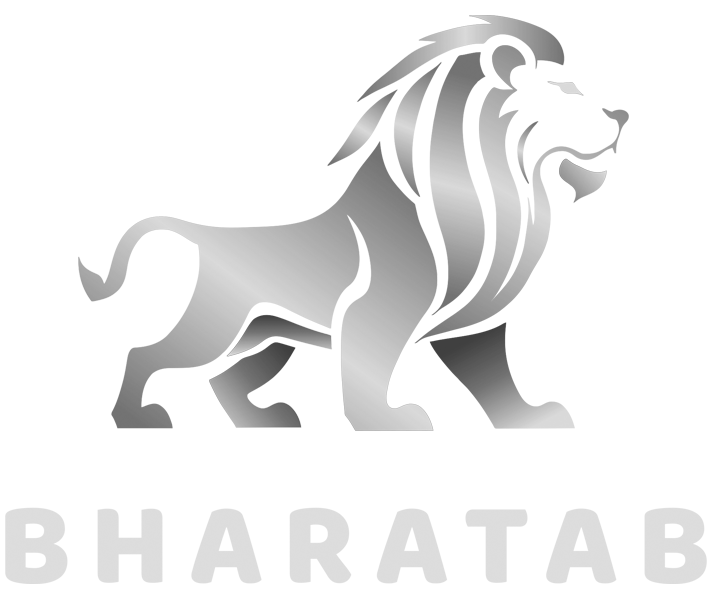
7 Essential Cybersecurity Frameworks Every Business Should Adopt to Mitigate Risk

Cyber threats are changing quickly, and companies of all sizes face the danger of data breaches, ransomware incidents, and compliance issues.To safeguard sensitive information and reduce cyber risks, organizations need to establish a structured cybersecurity risk management services from CyberCorp. At CyberCorp, we recognize how vital cybersecurity is in the current digital landscape. Below, we discuss the seven fundamental cybersecurity frameworks that every business should implement to enhance security and maintain compliance.
1. NIST Cybersecurity Framework (CSF)
What is NIST CSF?
The National Institute of Standards and Technology (NIST) Cybersecurity Framework is a commonly utilized security standard aimed at assisting businesses in effectively managing cybersecurity risks.
Key Features of NIST CSF
(1) Structured around five essential functions: Identify, Protect, Detect, Respond, and Recover.
(2) Offers adaptable guidelines that can be customized for any industry.
(3) Aids organizations in evaluating and enhancing their cybersecurity stance.
Who Should Adopt NIST CSF?
Organizations of all sizes, particularly those in critical infrastructure, finance, and technology industries, can gain advantages from this framework.
2. ISO/IEC 27001
What is ISO 27001?
ISO 27001 is a globally acknowledged standard for information security management systems (ISMS), ensuring systematic management of risks and protection of data.
Key Features of ISO 27001
(1) Sets standards and procedures for safeguarding sensitive information.
(2) Mitigates vulnerabilities and cyber threats.
(3) Assists organizations in meeting international regulatory requirements.
Who Should Adopt ISO 27001?
Entities that manage sensitive customer information, such as financial institutions, IT companies, and large organizations, should apply ISO 27001 for enhanced data security. For quality cybersecurity risk management services, connect with CyberCorp.
3. CIS Critical Security Controls (CIS Controls)
What are CIS Controls?
Created by the Center for Internet Security (CIS), this framework delivers a prioritized collection of security best practices aimed at defending against cyber threats.
Key Features of CIS Controls
(1) Concentrates on basic, foundational, and organizational security measures
(2) Assists businesses in taking proactive steps to thwart cyberattacks
(3) Boosts defenses against malware, phishing scams, and data leaks
Who Should Adopt CIS Controls?
Best suited for small and mid-sized enterprises in search of an economical security framework.
4. PCI DSS (Payment Card Industry Data Security Standard)
What is PCI DSS?
PCI DSS is an international security standard aimed at safeguarding credit card transactions and minimizing risks of payment fraud.
Key Features of PCI DSS
(1) Guarantees secure management of payment information
(2) Cuts down on fraud and financial dangers
(3) Compels businesses to adhere to stringent compliance criteria
Who Should Adopt PCI DSS?
Merchants, online businesses, and any organization that handles or retains payment card information are required to comply with PCI DSS regulations.
5. HIPAA (Health Insurance Portability and Accountability Act)
What is HIPAA?
HIPAA is a U. S. law that enforces rigorous data security standards for healthcare entities to safeguard patient information.
Key Features of HIPAA
(1) Guarantees protection and security of patient records
(2) Demands access restrictions and encryption for healthcare data
(3) Requires mechanisms for breach notifications
Who Should Adopt HIPAA?
Healthcare providers, insurance firms, and businesses managing electronic health records (EHRs) must adhere to HIPAA regulations.
6. GDPR (General Data Protection Regulation)
What is GDPR?
GDPR is a European Union (EU) regulation aimed at defending personal data and privacy of individuals.
Key Features of GDPR
(1) Requires firms to secure explicit user consent prior to data collection
(2) Enforces stringent data protection protocols
(3) Requires businesses to notify data breaches within 72 hours.
Who Should Implement GDPR?
Any business that gathers, processes, or retains data of EU citizens is obligated to comply with GDPR, no matter its geographic location.
7. SOC 2 (System and Organization Controls 2)
What does SOC 2 entail?
SOC 2 is a security framework created by AICPA (American Institute of Certified Public Accountants) to ensure the secure management of customer data.
Main Features of SOC 2
(1) Concentrates on Security, Availability, Processing Integrity, Confidentiality, and Privacy
(2) Assesses how organizations safeguard data in cloud environments
(3) Boosts customer confidence and readiness for compliance
Who Should Implement SOC 2?
Businesses in cloud computing, SaaS (Software as a Service), and IT service sectors ought to adopt SOC 2 compliance to illustrate secure data management.
Reasons Businesses Should Implement a Cybersecurity Framework
Adopting a cybersecurity framework provides numerous advantages, such as:
(1) Improved security to defend against cyber threats
(2) Compliance with regulations to prevent legal repercussions
(3) Mitigation of risks to lessen financial damages from cyber incidents
(4) Increased customer trust by showcasing robust security practices
Given the rise in cyber threats, businesses cannot afford to overlook cybersecurity. Embracing a recognized cybersecurity framework ensures a proactive stance on risk management, assisting businesses in remaining secure and compliant. At CyberCorp, we provide tailored cybersecurity risk management services customized to meet your business requirements. Get in touch with us today to enhance your cybersecurity measures! Contact Now CyberCorp.Categories
Trending Posts
Why CyberCorp is not a mere SPAC?

We are

CoOperative Corporate
Creates a commonwealth among the partners
Cumulative Growth safeguards against losses to one entity
We believe in

Organic Growth
Promotes growth within the group companies
Ensures Maximum benefits
We do

Integration
Horizontal integration of the various products
Creating new and more effective scalable solutions
© 2022-2025 CyberCorp Limited. All Rights Reserved.



.png)






